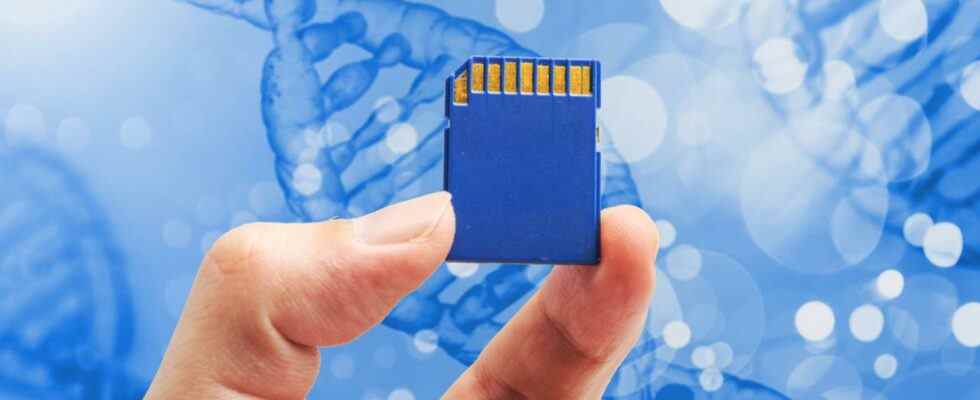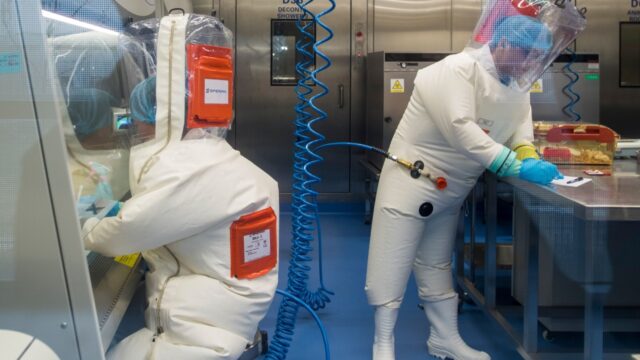According to the research of experts, data storage will become one of the biggest problems of humanity in the future. In the article they published, scientists announced that they created a data storage medium with DNA.
DNA can be used for data storage
DNA, which forms the basis of living organisms, is the result of the combination of four molecular building blocks. DNA, which is formed by the combination of Adenine (A), Guanine (G), Cytosine (C) and Thymine (T) molecules, carries the genetic information of living things.
Researchers from CNRS, ESPCI Paris-PSL and the University of Tokyo focused on developing ways to find specific pieces of data stored in DNA and perform calculations with it. The research team succeeded in developing a “chemical neuron” that can calculate and easily read the answers from the data stored on the DNA.
The team that conducted the study stated that it is quite difficult to read and change the data stored in DNA. Underlining that approximately 215 million GB of data can be stored in a gram of DNA, the research team said, “Theoretically, we can store all the content published on the internet today in a storage unit the size of a shoebox. However, DNA can persist for thousands or even millions of years under favorable conditions.” made statements.
The team prepared chemical neurons using three enzymes that have specific reactions with each other. The prepared neurons were then configured in an architecture that combined multiple layers that functioned like a neural network. It is worth noting that these enzymes basically allow them to transmit information like natural neurons in the brain.
These chemical neurons can perform calculations on data stored in DNA-containing droplets. Using microfluidic systems to reduce enzyme reactions, the team underlines that tens of thousands of these reactions can occur.
The developed technique will help detect and process data contained in huge DNA databases, as well as detect biomarkers of the disease in blood tests or other liquid biopsies. The article of the experiments successfully carried out by the scientists was published in the journal Nature.
What do you think about this subject? You can share your ideas with us in the comments section.

